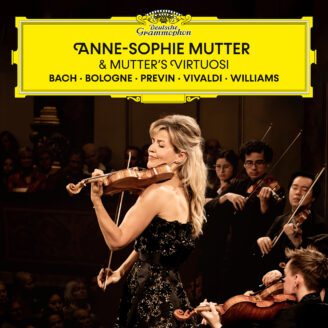Jean Sibelius began taking piano lessons 1874. At the age of 14 he took up the violin. Sibelius long entertained the desire of becoming a violinist, so he applied for a job at the Vienna Philharmonic. Shortly before that, in 1885, he had begun to study law at the University of Helsinki. But soon he abandoned law for music and studied violin and composition under Martin Wegelius. Sibelius was inspired by the Finnish landscape, and you can hear it in his music. His seven symphonies are a case in point. In their chronolgy, they exhibit a continuous tightening in the manner in which they are formed. Whereas first symphony was very opulent, close to the works of Tchaikovsky, the last three bear the singular vocabulary of an individual signature.
This great composer published no more works after 1926. Why nothing was heard from him until his death in 1957 remains a mystery.
Violin Concerto in D minor, opus 47 The Concerto for Violin and Orchestra was composed in 1903 and, like the symphonies, is one of the internationally recognized works of the Finnish composer. Jean Sibelius was an excellent violinist. You can feel this in every detail of this wonderful concerto. But the first performance of this work was not successful. This may have been the fault of soloist Victor Novajec, who lacked the required level. With all of its virtuosity, it seems to be a symphonically conceived work. In spite of the technical requirements, the soloist is bound to a thematic dialogue with the orchestra. The first movement begins with a violin tremolo. The violin floats like the morning fog over the Finnish fjords above a carpet of sound in a broadly stroked main theme. Following the exposition, the violin assumes the central role in a grand solo cadence. The reprise varies the thematic material up to the furious finale of the first movement, which is permeated with technical challenges. The second movement is wonderfully deep. The violin sings the main theme, which comprises no less than 20 measures. The main theme is repeated by the orchestra in its full form, while the solo violin plays embellishingly around it. The movement ends with an eight-measure coda.
The third movement is a spirited finale with a poignantly and wildly moving theme. Here, one is totally dependent upon the sensibility and reaction speed of the conductor if one hopes to be able to present the full-character virtuosity in an undisturbed manner and in full enjoyment.

